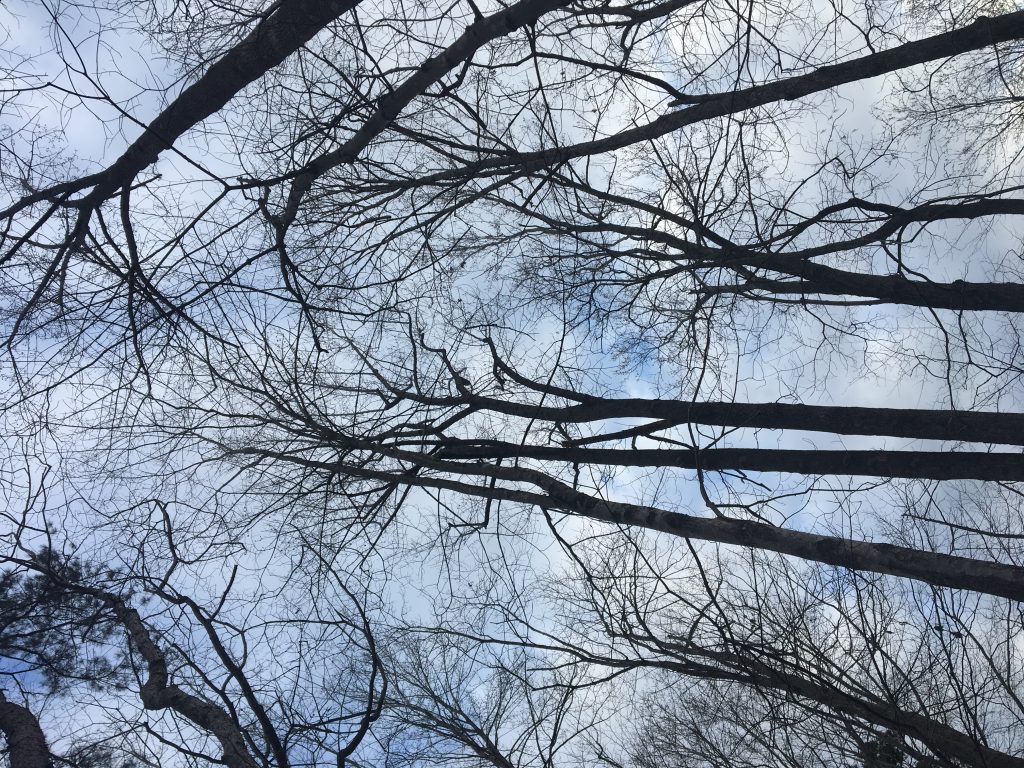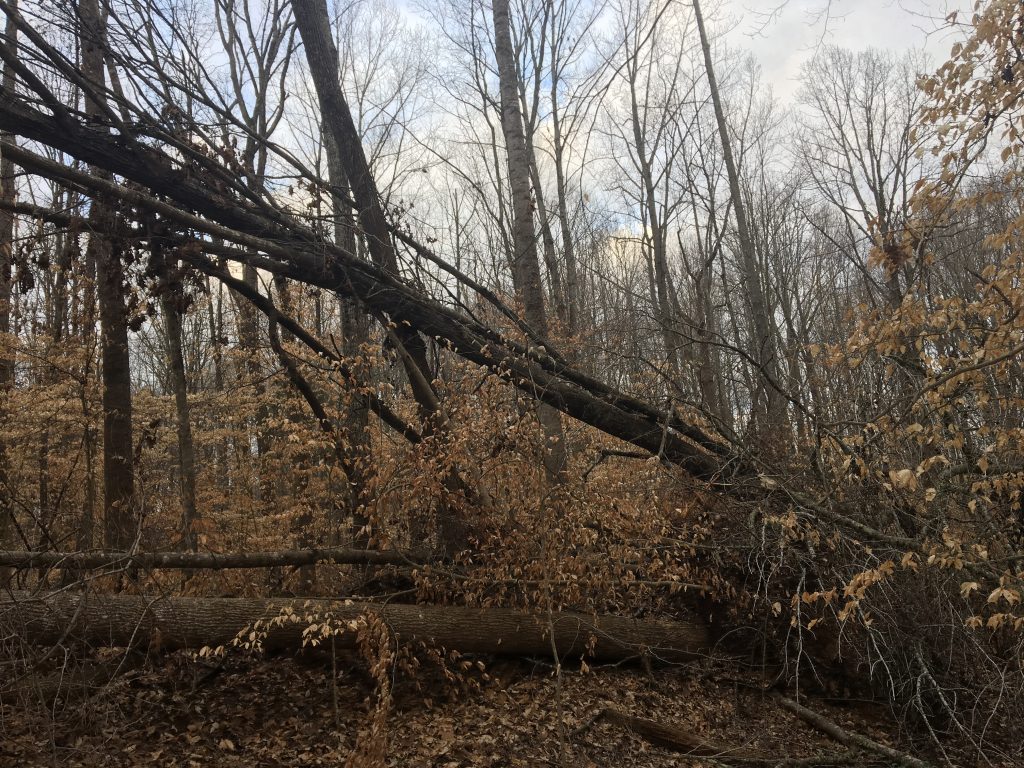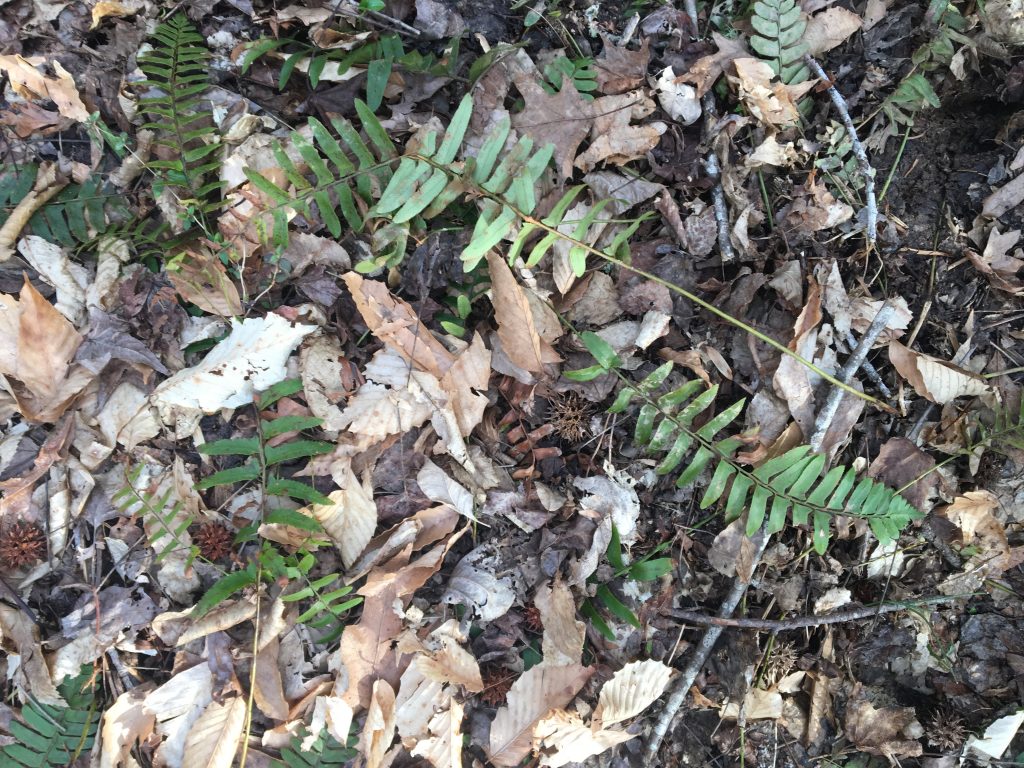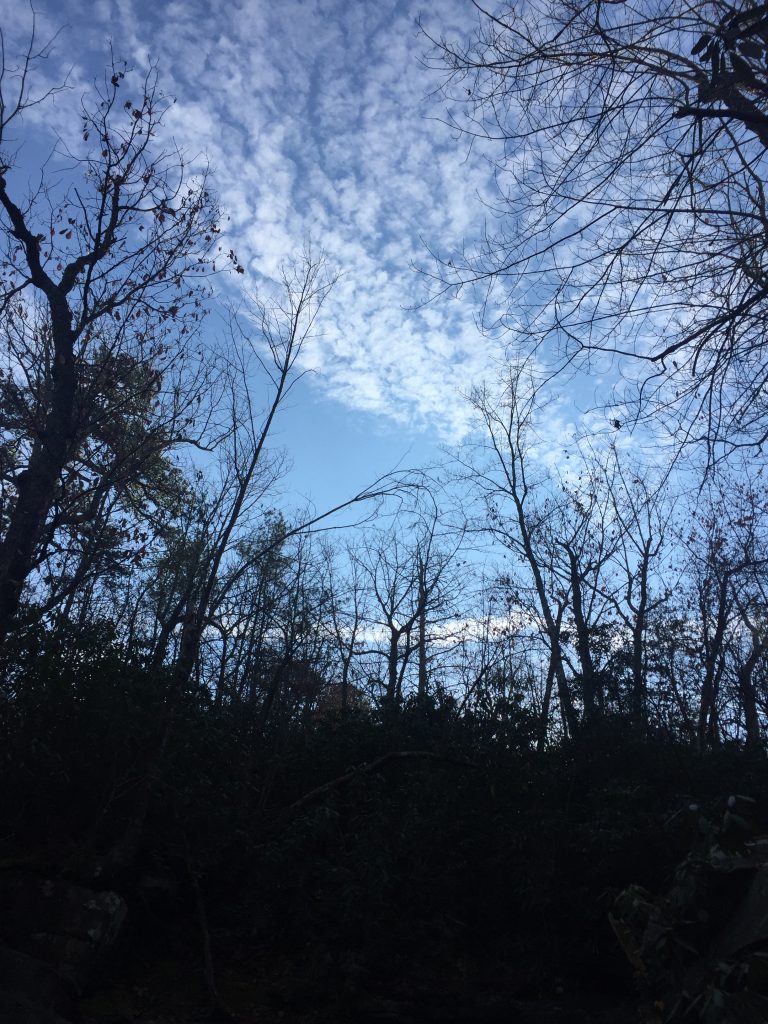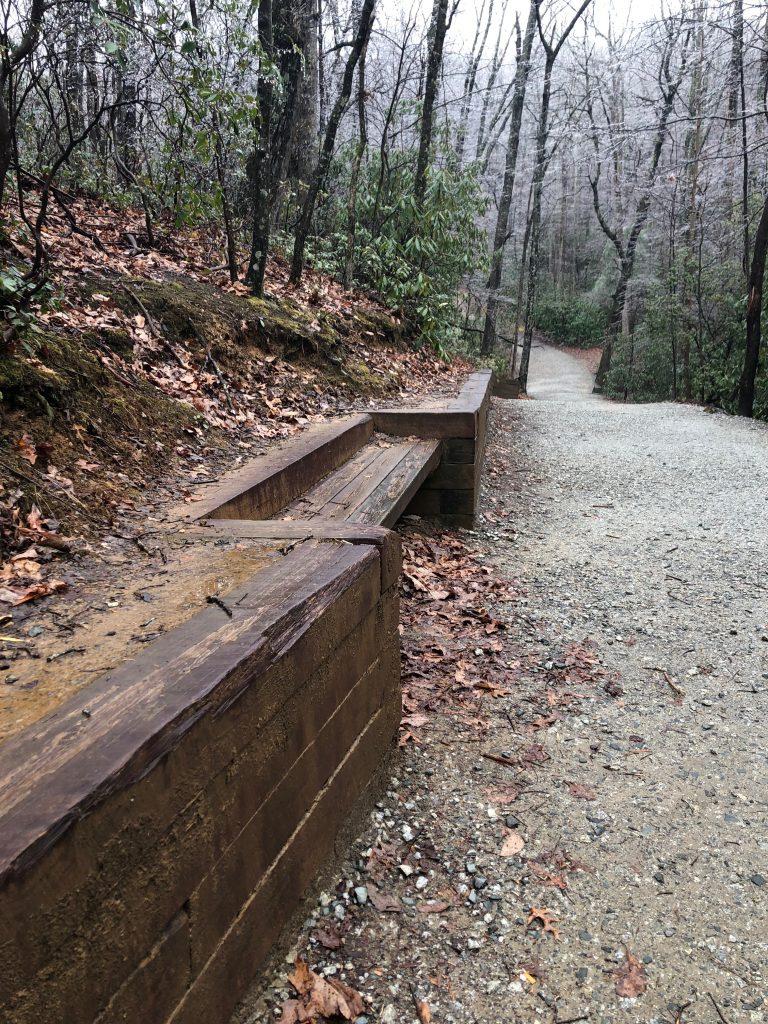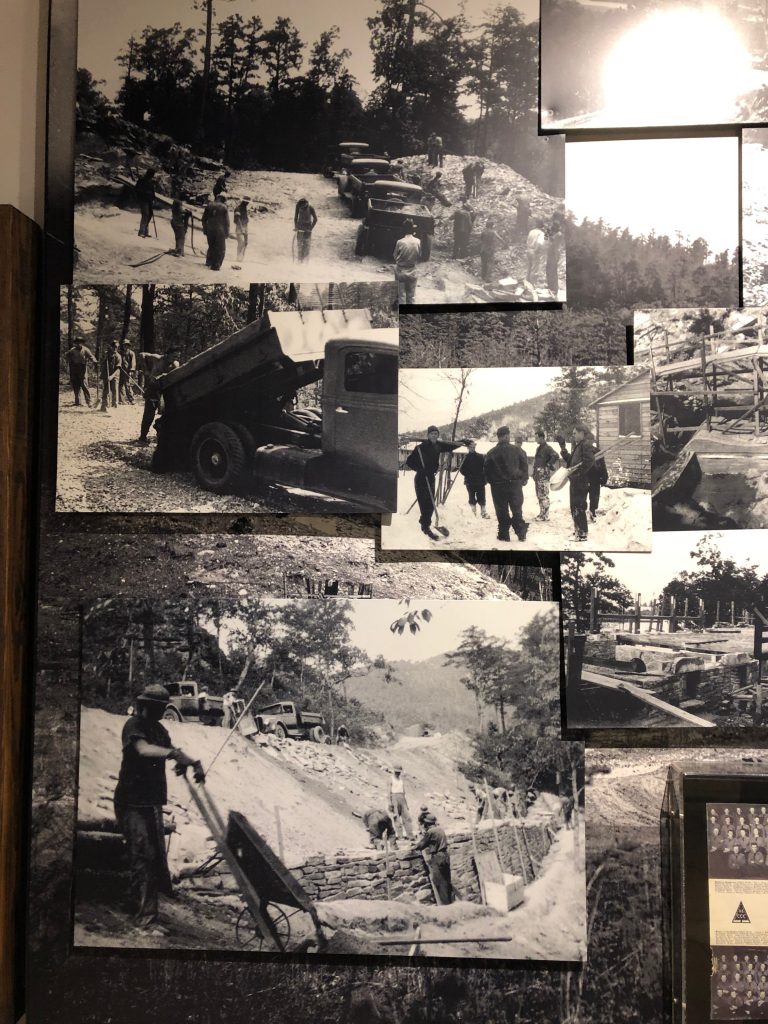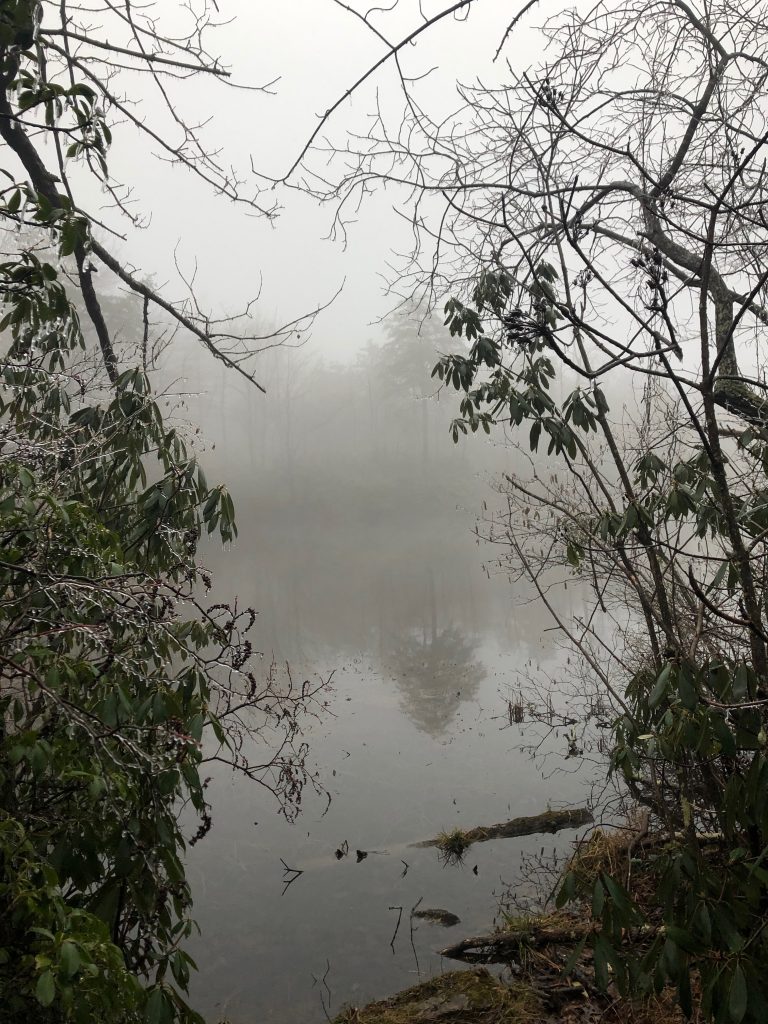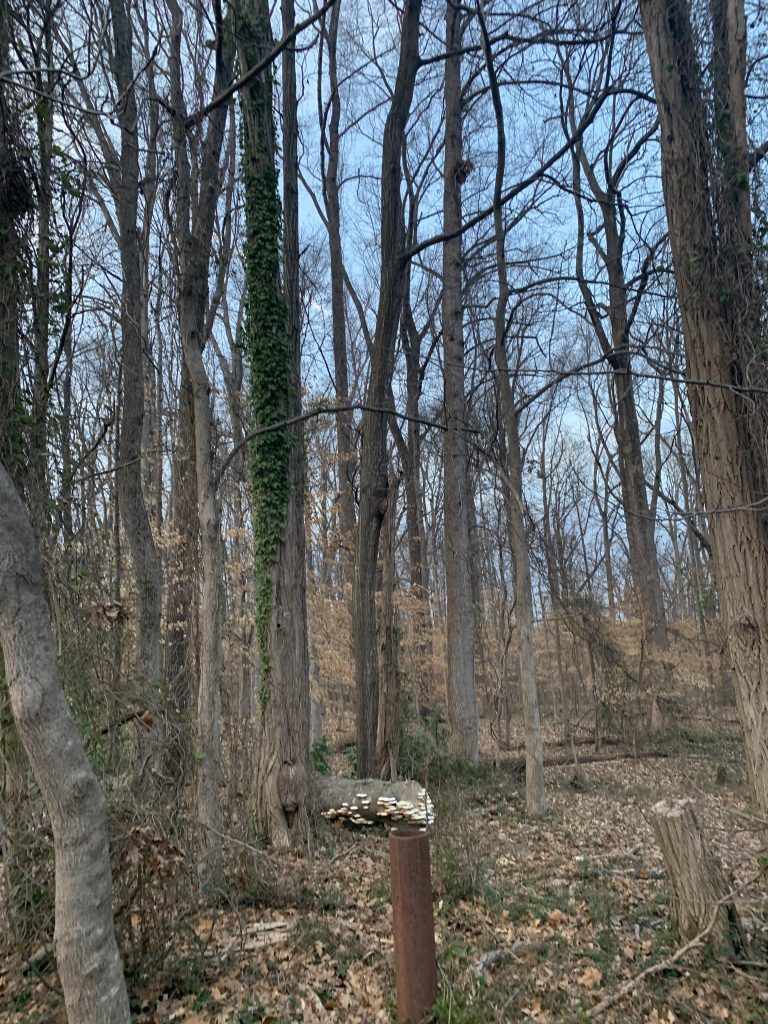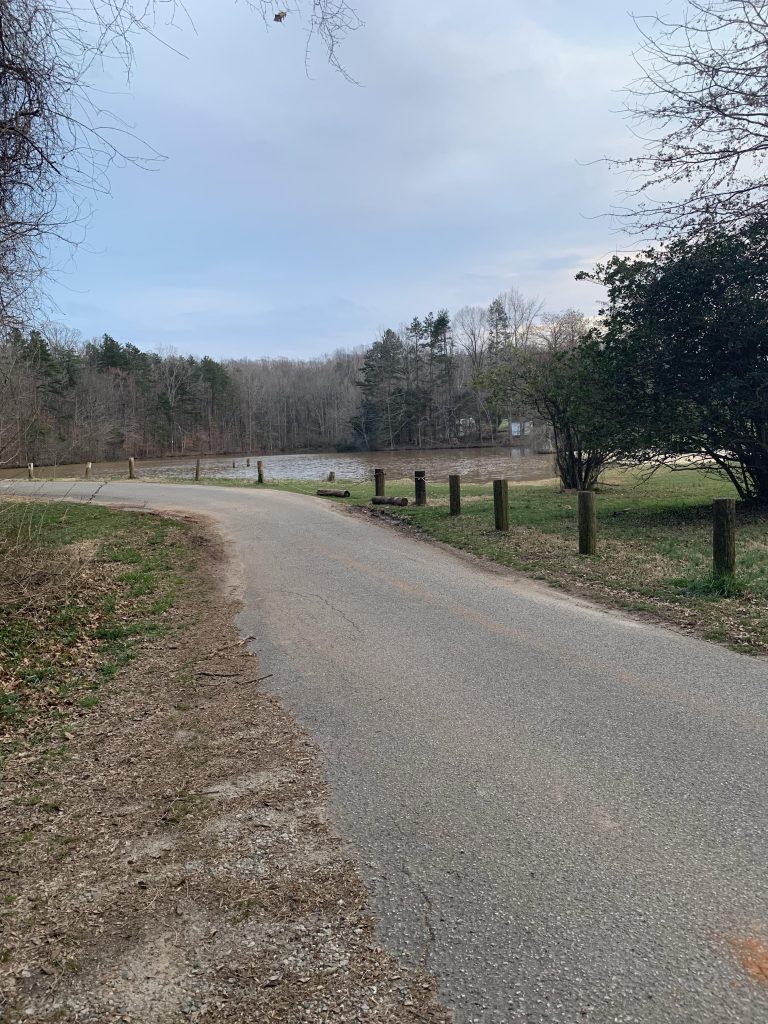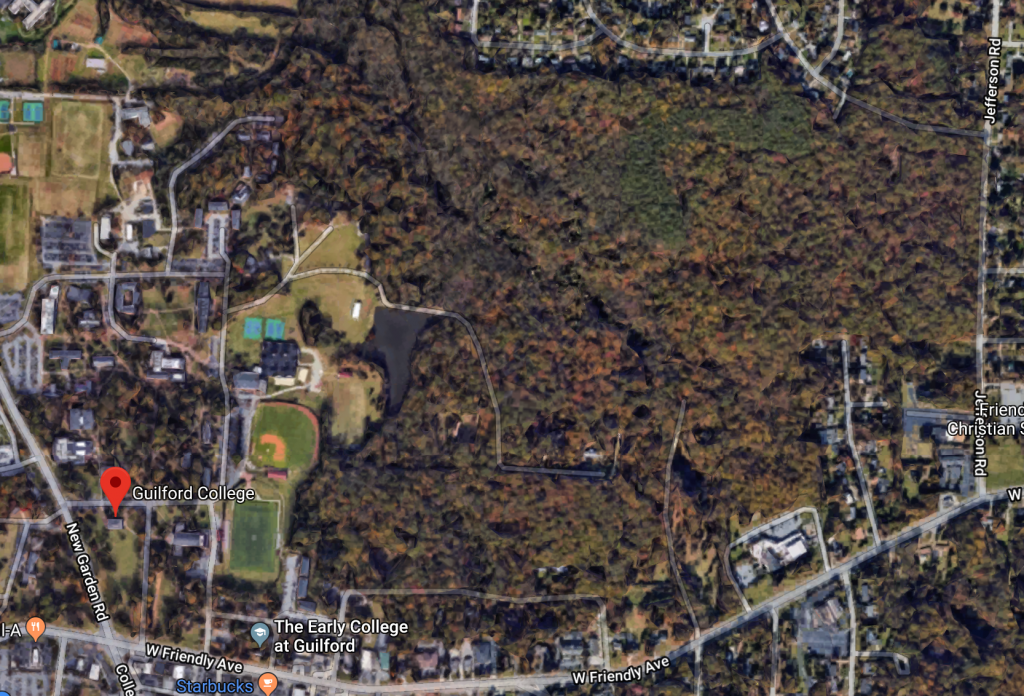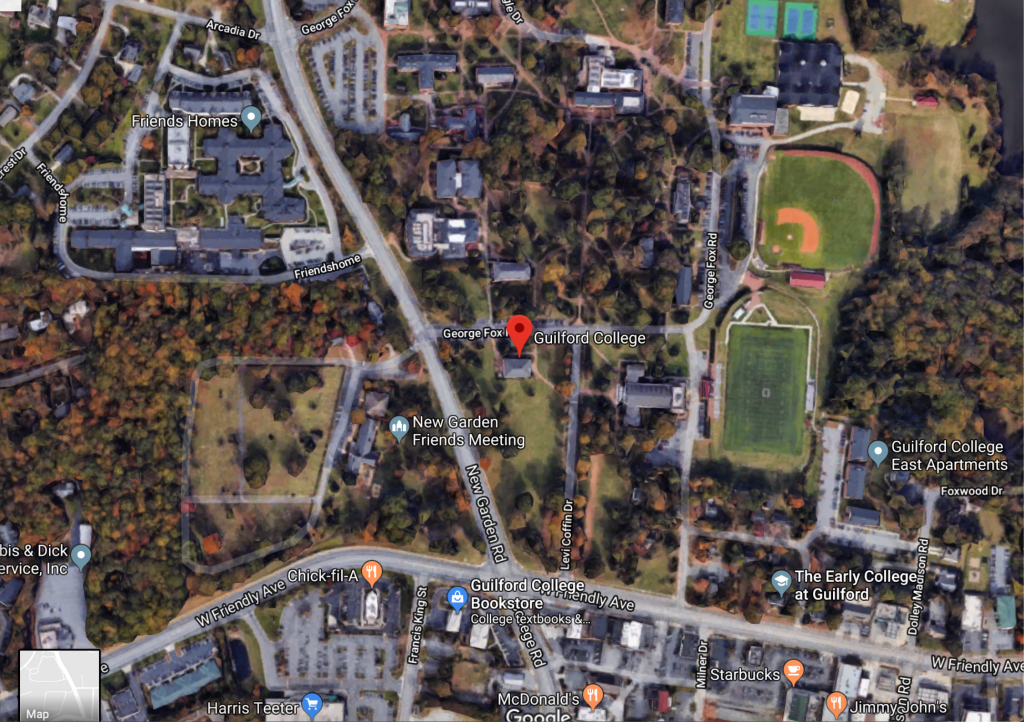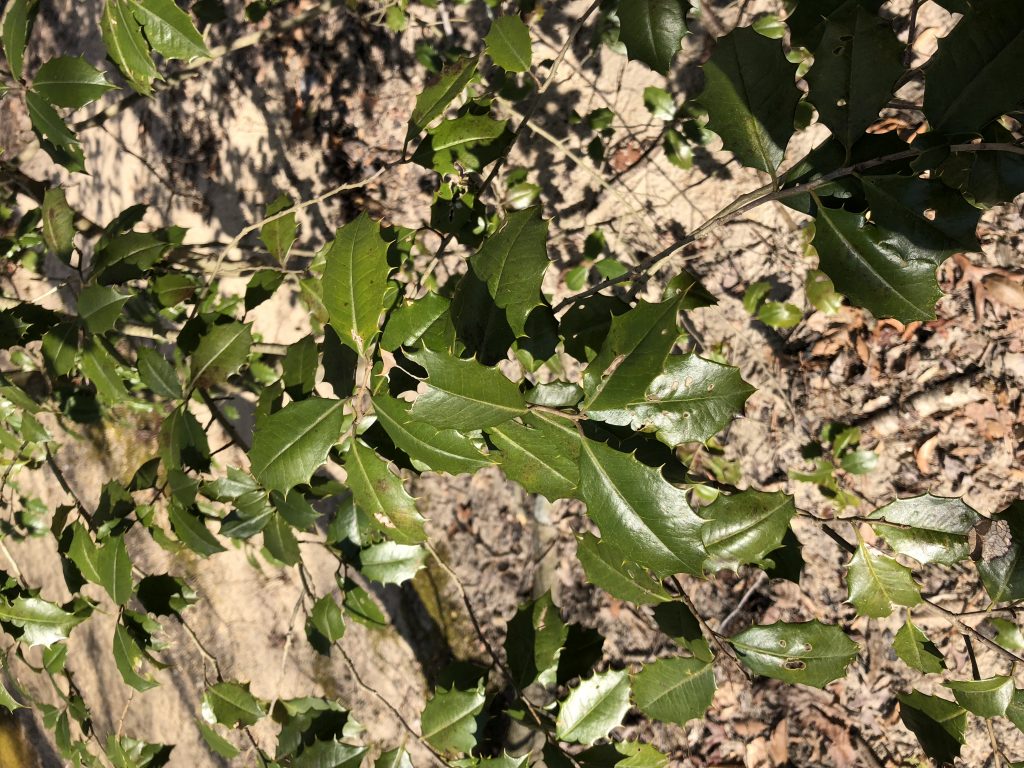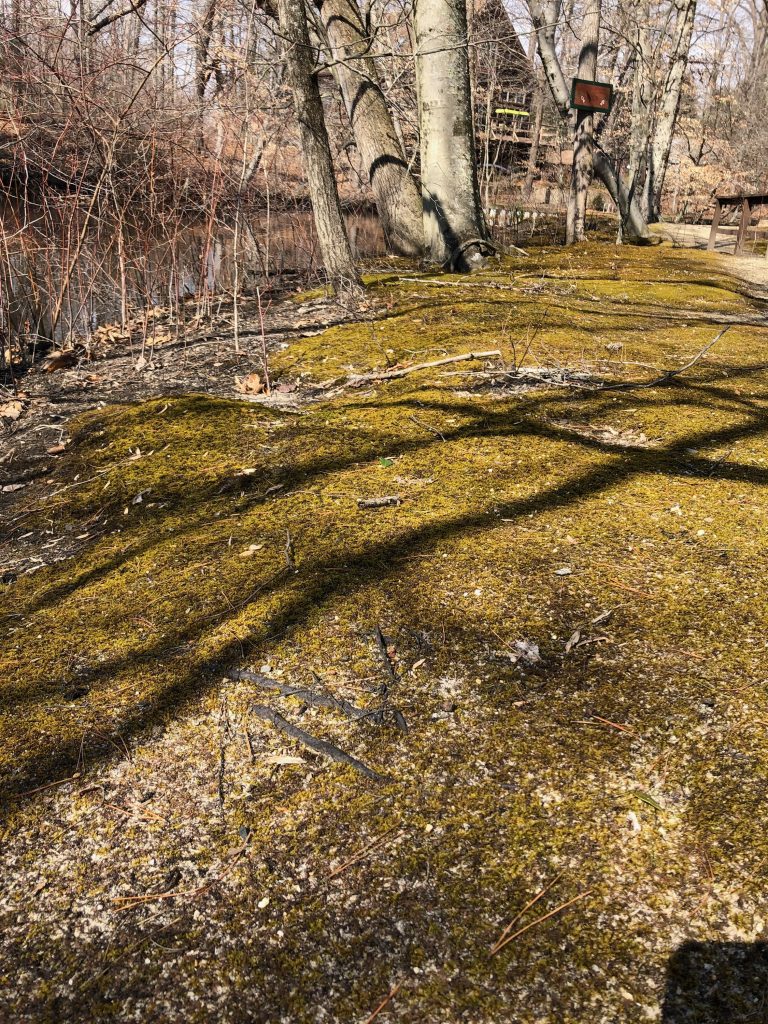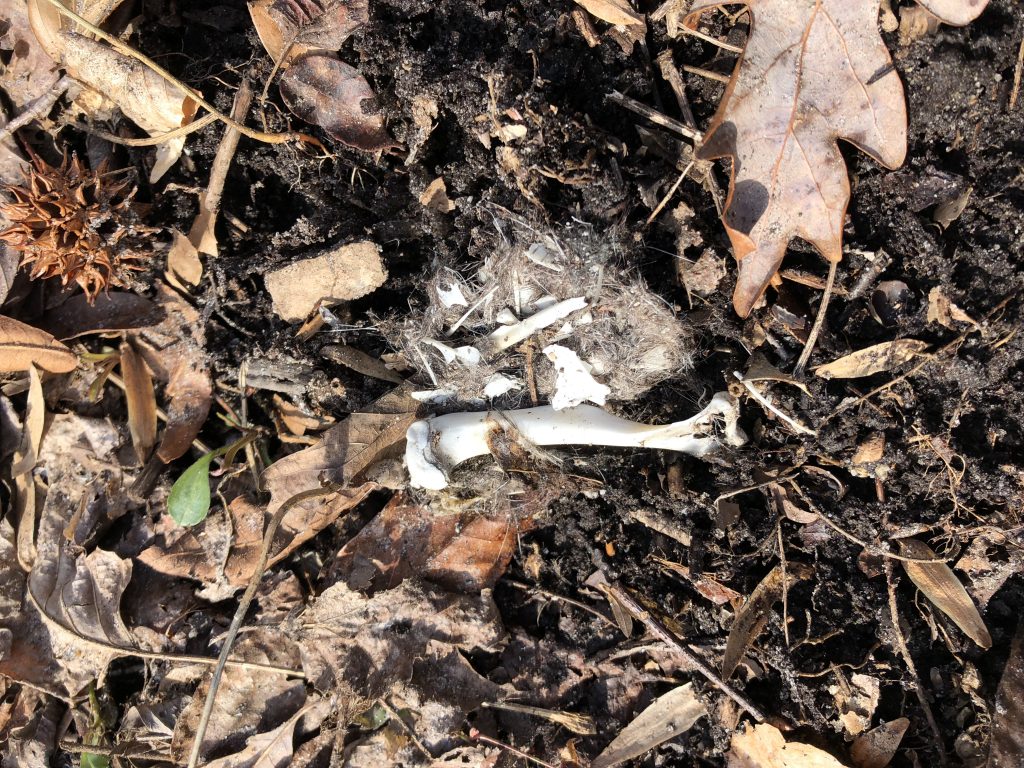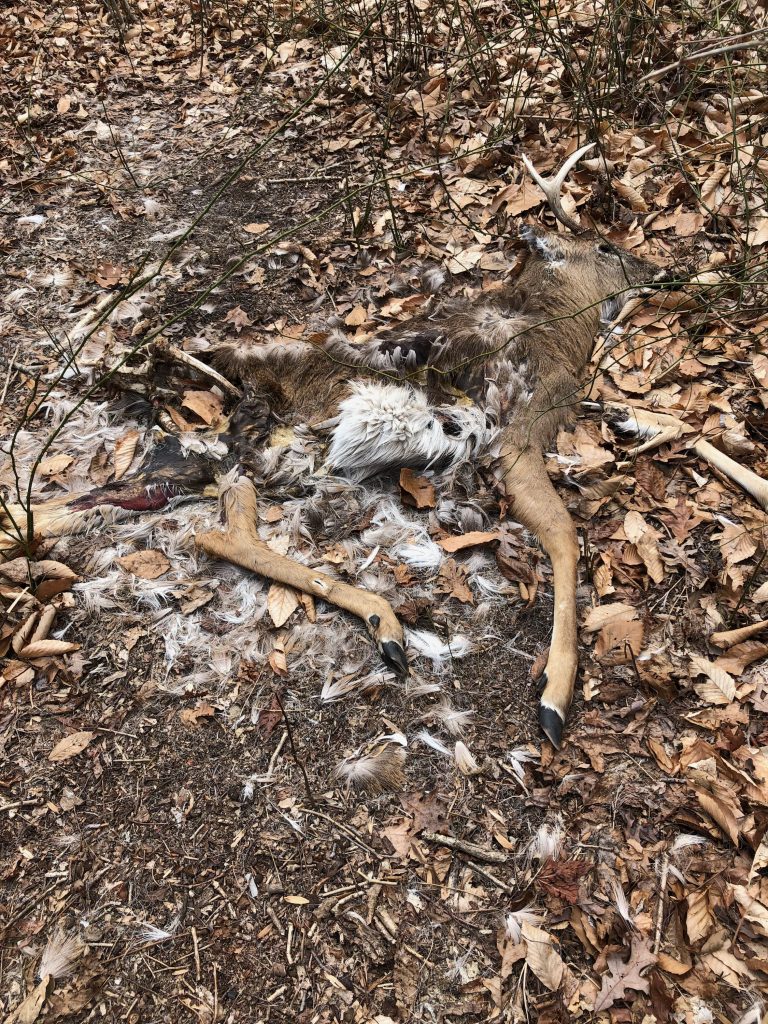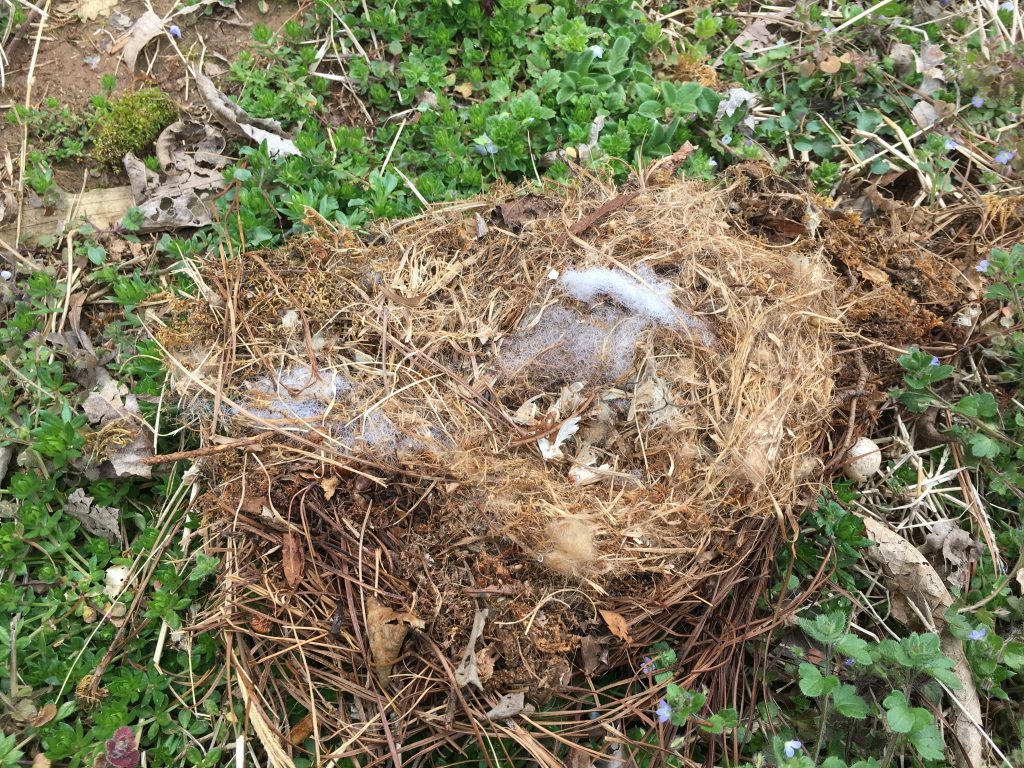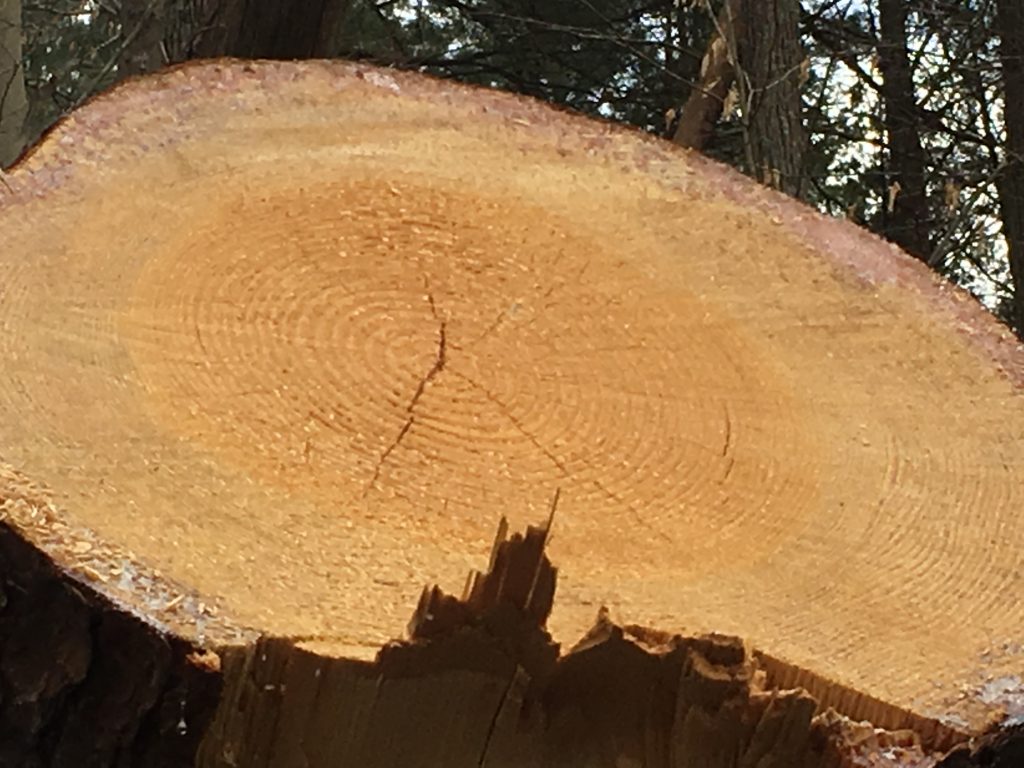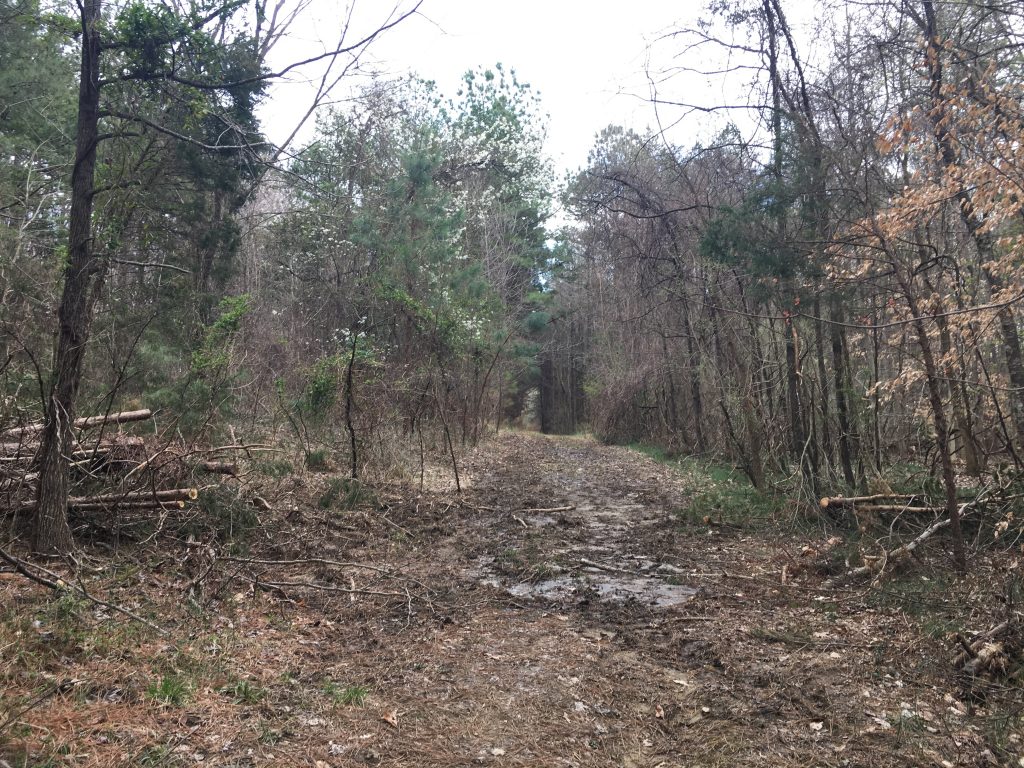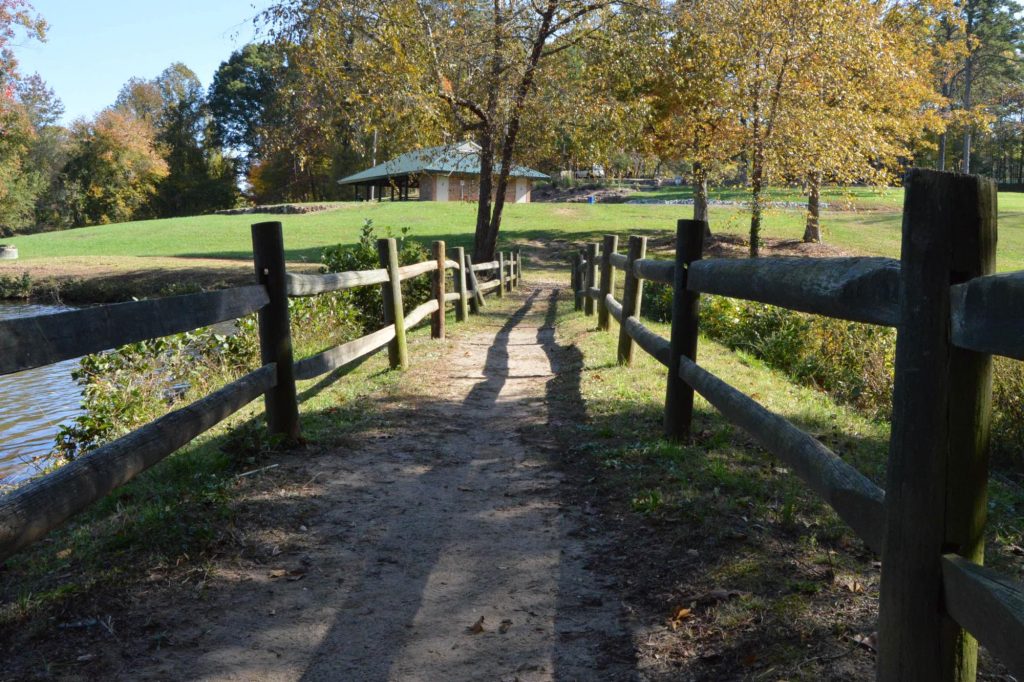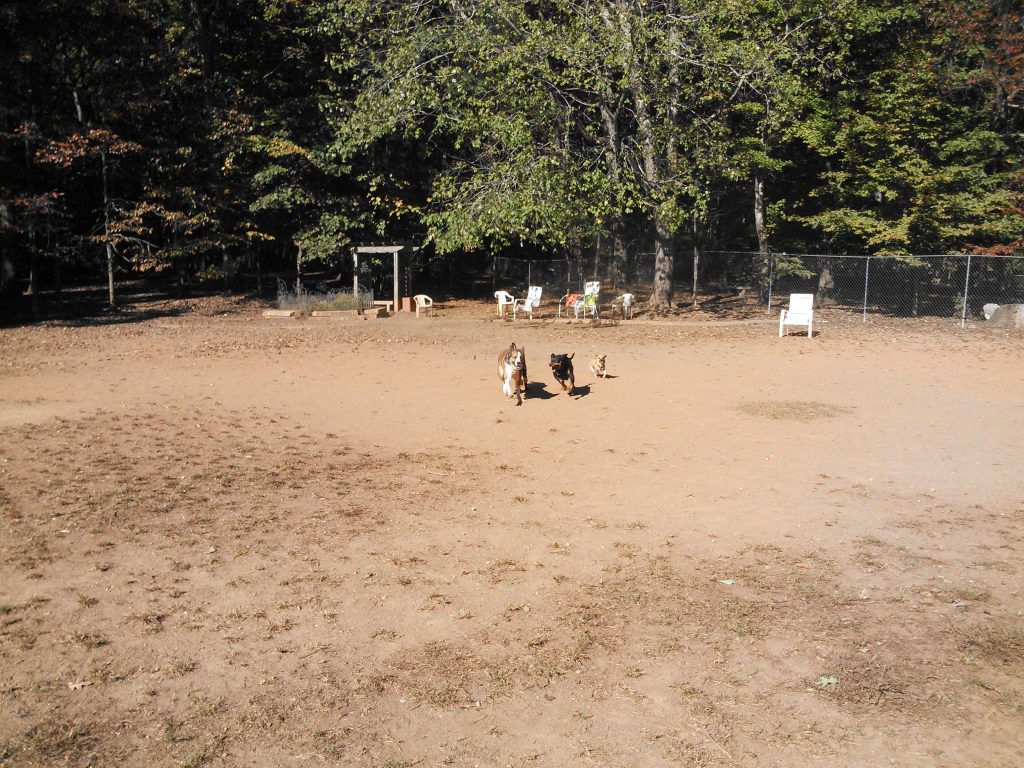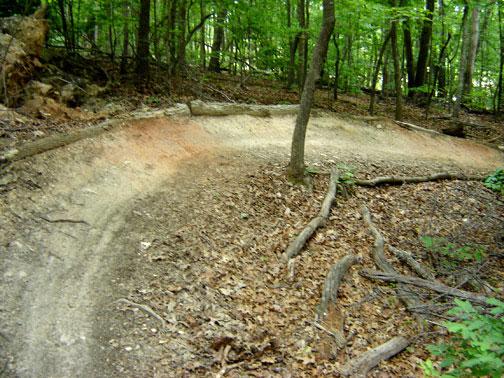To put it simply, it sucked to be outside at times today. For a day in mid-March, before it’s even officially spring, it was sweltering. I shouldn’t have expected anything less from weather in North Carolina, but I was still left in shock of just how warm it was. My only consolation was the sweet relief of the wind, keeping the air just cool enough that I could feel like I wasn’t getting sunburned even though I was. With the wind making the day feel relatively nice, I figured that I was due for a trip to the lake.
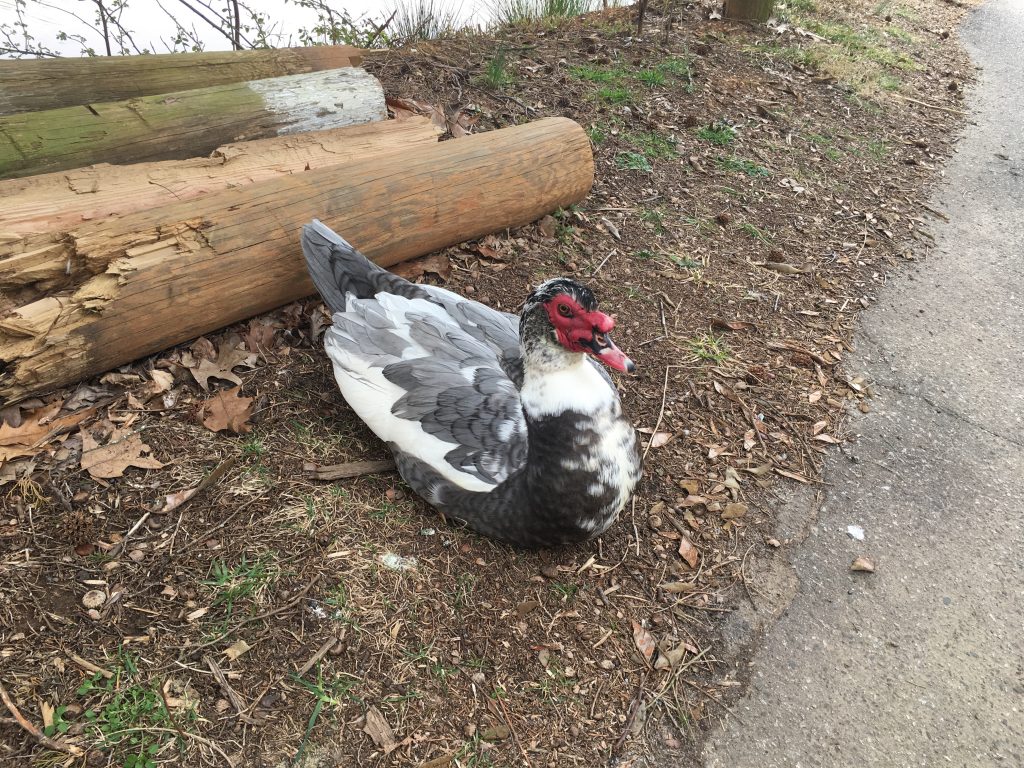
Female Muscovy Duck 
Male Muscovy Duck
Upon making my way down to the lake, I was given my customary greeting stares from the resident Muscovy ducks. Although I have talked about them multiple times before, I still feel the need to include them, as I believe that they are essential to the character of the lake. On this particular day, the ducks allowed me to get very close to them. It even seems like they’re posing for the pictures! In my research on Muscovy ducks, I learned that they have underdeveloped oil glands when compared to other duck species, causing them to not swim as much. This keeps accessible for me, and I make it a point to stop by and watch them every time I make it to the lake. I find their behavior fascinating, as they’re always together yet rarely doing anything other than sitting. The birds are also omnivorous, a fact that I never really considered; it makes sense considering that these two particular birds spend all of their time near fields containing plants and insects galore.
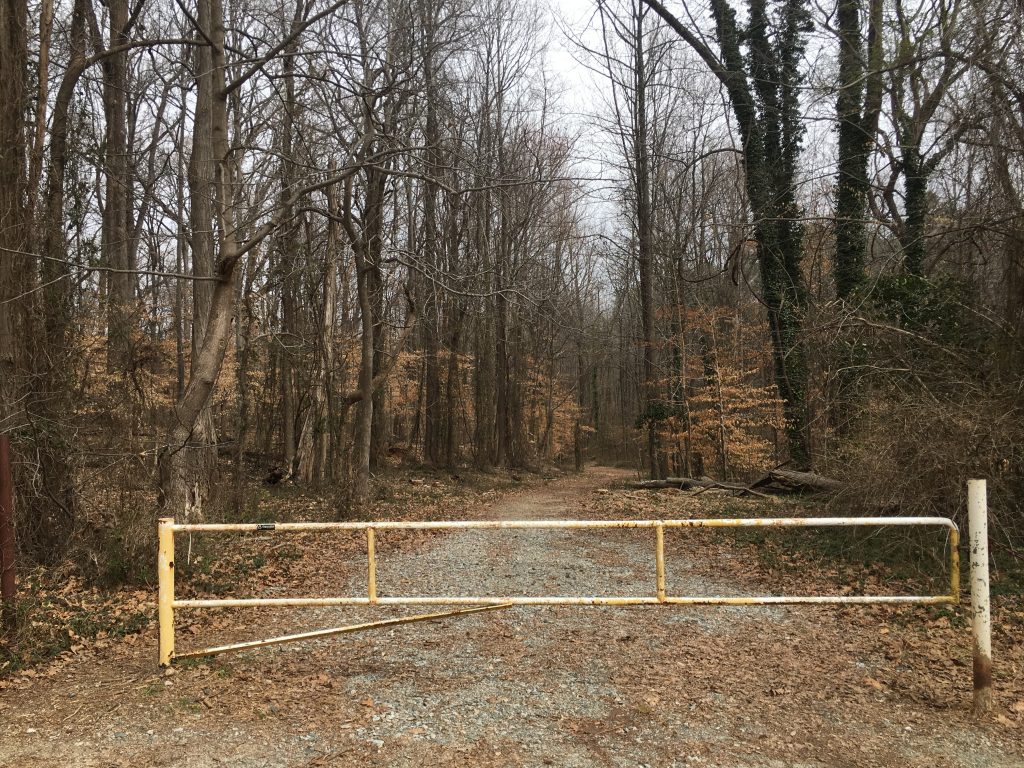
Photo by Me
After making my stop with the Muscovy Ducks, I had a decision to make. Do I continue straight along the path to the edge of the woods and onward, or do I veer left onto the continued gravel path marked by a yellow gate. While the edge of the woods and the bridge that comes with it was tempting, I was drawn in to the mystery of the yellow gate and what lay beyond it. To be quite honest, I wasn’t sure if I was allowed to venture past the gate and onto this path. Not willing to take the risk, I was content with staying at the gate’s edge and peering out into the mysteries contained behind it. The scene contained beyond the gate reminds me of fall, with crisp, crunchy leaves littering the ground among barren trees. However, the one thing that stuck out to me was the presence of green ivy to the right of the defined path, marking an outlier in the otherwise peaceful mixture of autumn hue. Although I’ll need to research further, I believe that the swathes of green are actually climbing vines, a feat of nature that can both kill and support a tree depending on the circumstances. The vines provided a splash of color in what was otherwise a relatively uniform scene. Akin to the ducks, the ivy is just one of the many unique splashes of character in the area by the lake, providing me with new thought-provoking experiences every time I visit.
